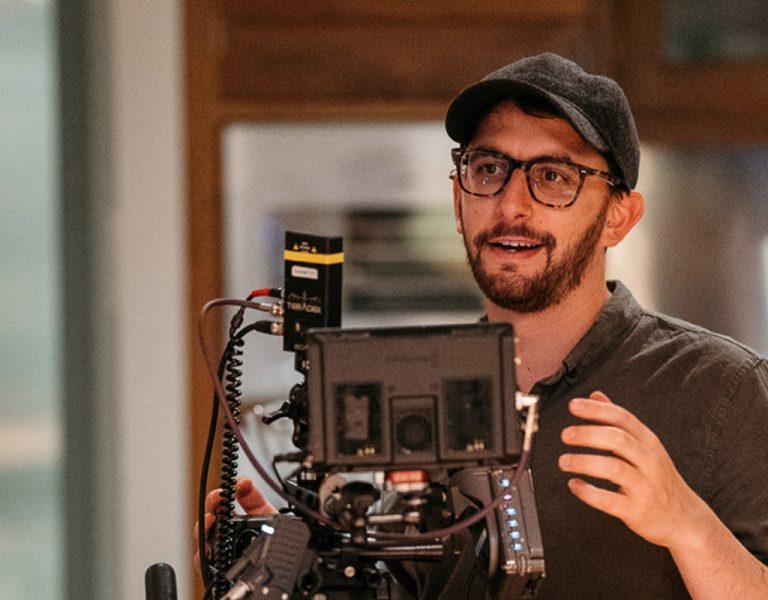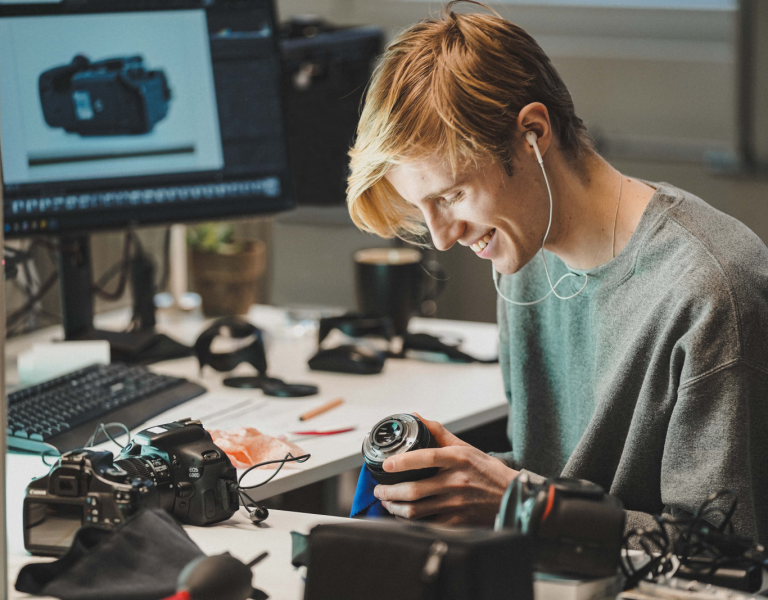The movies were built on special effects, but how does onset film magic need to transform in a sustainability adopting industry.
Some of our most treasured moments on film are nightmares of sustainability. The climax of The Bridge on the River Kwai features the blowing up of a real train and a real bridge beneath it constructed solely for the movie. For Heaven’s Gate, Michael Cimino had entire sets torn down and rebuilt on a whim and ordered a sprinkler system installed in a field to keep the grass just the right colour green. And let’s not even get started on Apocalypse Now. Since the beginning of movies, production teams have gone to life-threatening lengths to get the perfect shot (one of our favourites: To get a realistic vapor exhale from actors who were meant to be stranded in the Himalayas, director Frank Capra daubed the inside of their mouths with mercury. It looks very realistic…).
Movies are built on spectacular effects. But where is special effects in the age of sustainability? Is there a place for extravagant physical stunts and visual spectacles when we’re worried about the survival of civilization?
Danny Hargreaves, Emmy and multi-BAFTA-winning SFX supervisor and director of practical effects company Real SFX, loved movies and the literal magic tricks used to create them that he lied about his age to get work experience in the industry. He has worked on some of the industry’s top action films and some of the UK’s top dramas including Luther, Peaky Blinders, Expendables 4 and Doctor Who. He has noticed an industry shift toward sustainability that started to accelerate after the lockdowns of the covid pandemic.
“It was a point where it was very difficult for the industry, but I think people’s passion to help the environment really shifted,” says Hargreaves. “For us as a company, we don’t want to just tick a box. When it comes to special effects, we really go in deep. We go for it. And that’s what we want to do with sustainability.”
Getting real
Real SFX has started to experiment with new, more sustainable materials. Hargreaves admits that it’s not perfect, but there is some progress.
“We still use some of the materials that we used back in the day, but it’s about changing those materials and limiting those materials. Otherwise, we’ll find ourselves not being able to do certain special effects and things will go to visual effects. It’s important to have these practical effects on set, not only for the performance, but in a visual sense. It can be easy to build these things in computers, but I think audiences still want to see these kinds of effects.
“A couple years ago, the squibs on pyrotechnics were being changed. They wanted to remove the lead and replace it with more environmentally materials, but that had its own problems, and they weren’t quite as powerful. We had to relearn how to do these with these new types of pyrotechnics.”
Smoke is one thing that has changed over the years. Productions – mostly – moved from just setting things on fire to better controlled and less toxic pyrotechnic smoke. But a lot of stuff still gets blown up. According to the Guinness Book of World Records, the destruction of Blofeld’s base in Spectre reportedly used over 8000 litres of kerosene and 33kg of explosives – the biggest explosion in cinema history. And, in fairness, it really is a nice explosion.
Sustainability inside and out
The company is making a concerted effort to bring sustainability into everything it does both inside the company and out. Carmela Carruba is the other half of the husband/wife team helming the company and is leading the company’s internal transformation.
“Danny does all the exciting stuff, like the explosions. But we have a really good, young team and we embrace change. Sustainability is important in the workplace. We have apprentices come and work for us and in their training is a whole section on sustainability.”
The company is also using HVO instead of diesel to run its big smoke machines and propane is used for some fire effect. Propane is, of course, a fossil fuel but its emissions across the board are lower than that of petrol.
Carruba also kicked off an initiative called Kit4Crew which takes donated day-to-day gear from productions and redistributes it to crew who may not be able to find or afford the equipment they need to start work.
Is VFX more sustainable?
Should we be phasing out special effects altogether? Why not just switch entirely to VFX?
There is a reflex in the industry to assume that doing things digitally is always more sustainable than doing them physically. But sustainability means having to think about things in complex ways. There is often no single rule of thumb you can cling to.
Adding fire in Adobe After Effects to your student project is probably a much more environmentally sound solution than setting a real house on fire (most solutions are going to be more sustainable than setting a house on fire). But it’s easy to forget that every visual effect, and every asset that makes it up, and every version of that asset is constantly burning electricity on a hard drive somewhere, whether in a post house server or in a data centre. It may even continue to draw power throughout the entire production and well beyond – if it’s in cloud storage, it may in continue consuming electricity essentially forever.
Also, visual effects in a film can be re-versioned an astonishing number of times. Dozens of artists may work dozens of hours each on a single shot. When we’re thinking about thinking about the relative carbon footprints of VFX vs SFX, all this adds up. What’s required is more sophisticated measuring and educated teams who can confidently crunch the numbers to get useful direction from them.
“You have to have a production that comes on board from the start,” says Carruba. ”If you have a good production company that has a sustainability person there from the start, our productions go smoothly. You’re getting the case studies and finding out what all the other departments do. When you’re done, you’ll be able to look at the research and then go on to the next one better prepared.”



















Comment / April Sotomayor, head of industry sustainability, BAFTA Albert